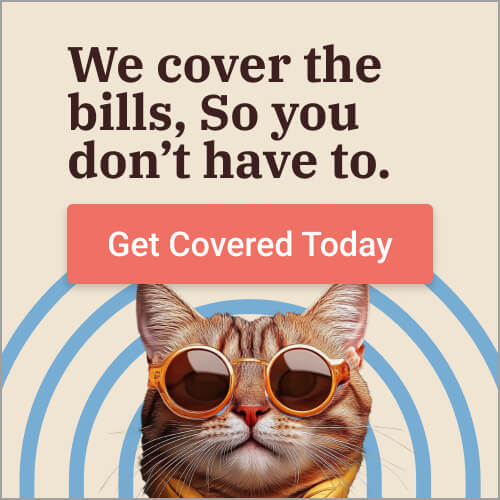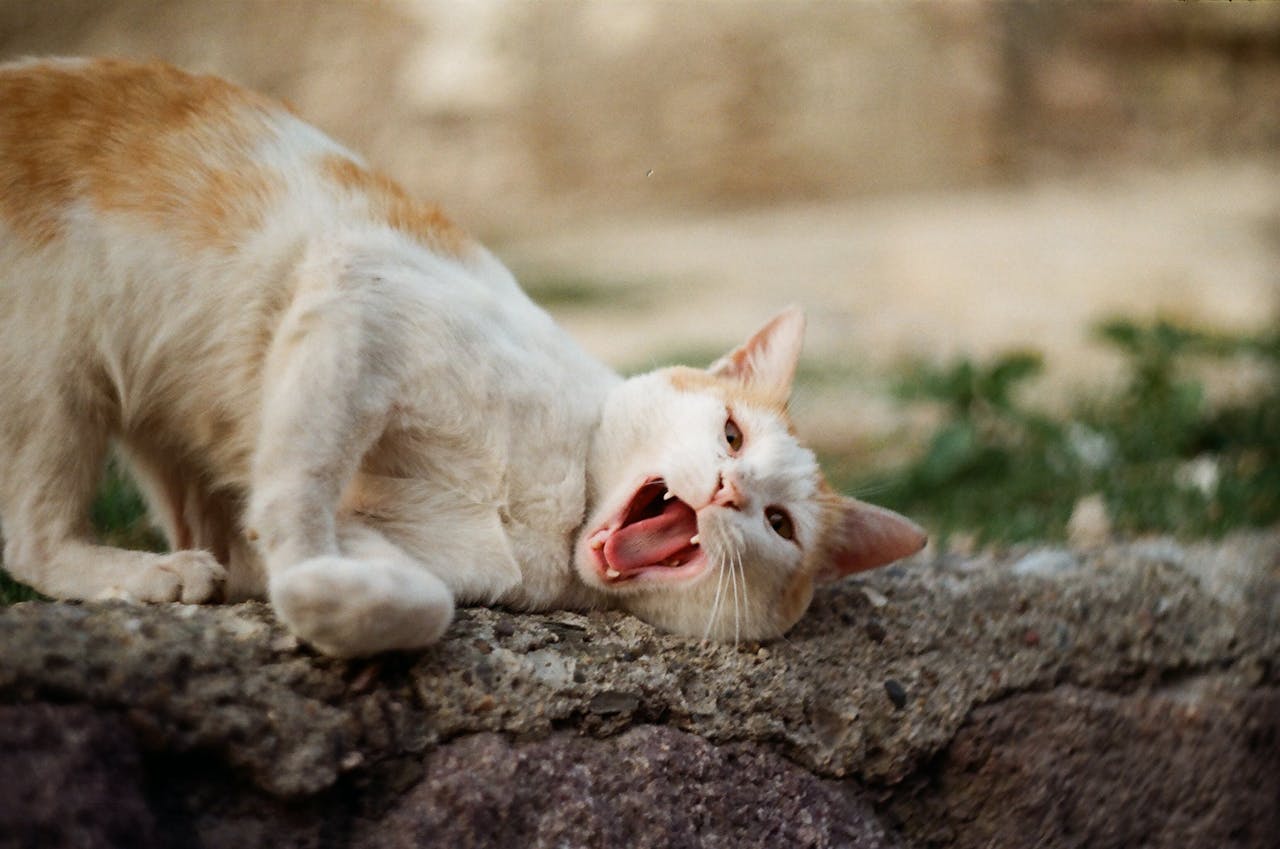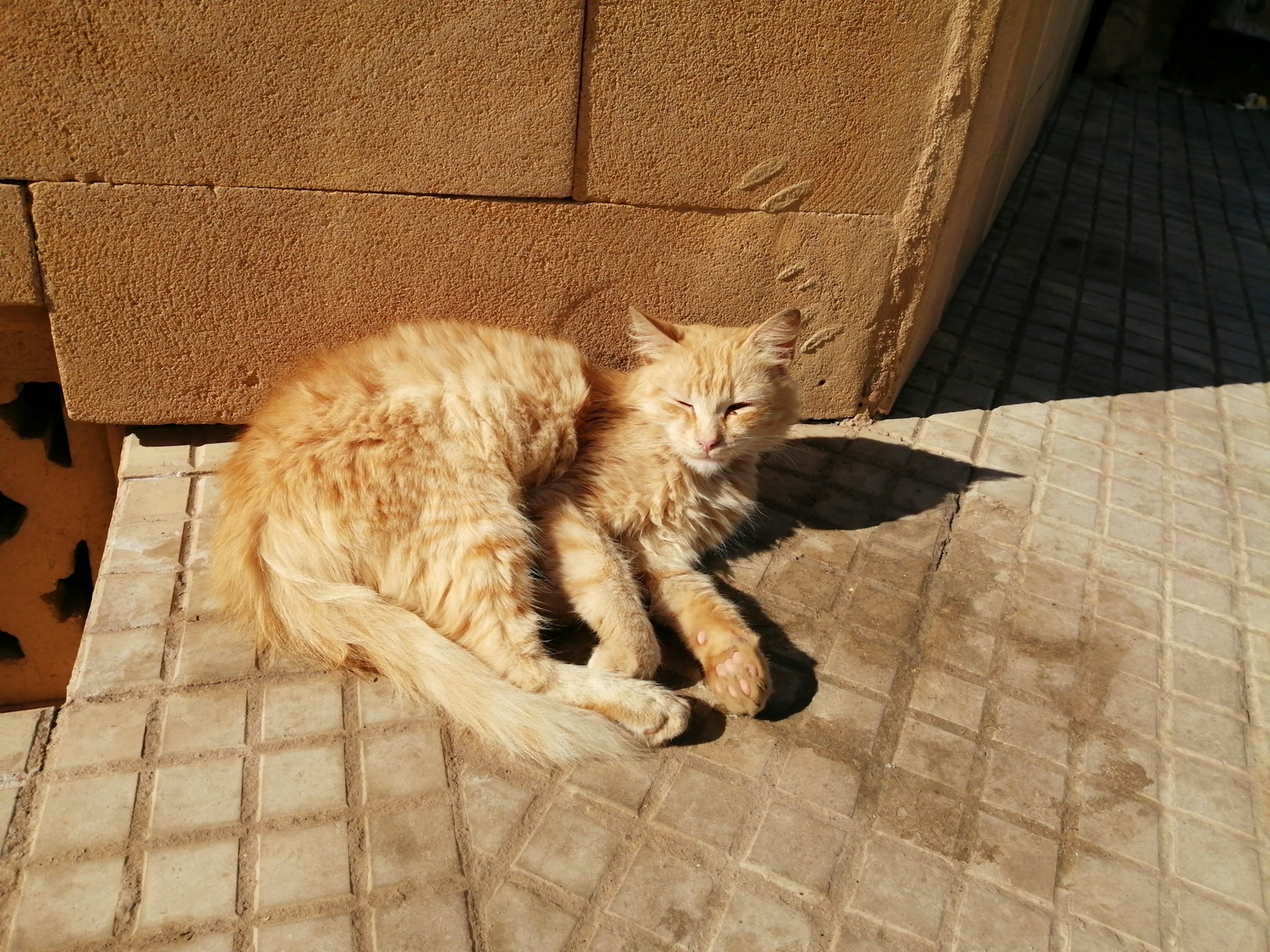Real Reasons Behind Cat Vomiting

As a veterinarian, I often inquire about standard history questions when cat owners bring their feline companions in for a physical examination. One of these questions pertains to the frequency of vomiting. The responses I receive vary:
"Not more than usual." But what exactly is usual for a cat to vomit? Cats should not be vomiting regularly; this is not considered normal behavior. If your cat vomits more frequently than once every eight weeks, there is a high likelihood that an underlying chronic issue exists.
"Only when he eats too quickly." While I can appreciate enjoying a meal, I've never managed to consume food at such a pace that it leads to vomiting. Are cats fundamentally different in this regard? The answer is no. In my veterinary practice, most of the cats that vomit shortly after eating typically suffer from an underlying gastrointestinal disorder.
"She vomits hairballs about twice a week." That's a significant amount of hair your cat is ingesting! Hairballs are formed when cats swallow hair during their routine grooming. While this hair typically passes through its digestive system without incident, there are instances when it might be regurgitated in the form of a tubular mass. It's important to note that true hairballs consist solely of hair and do not involve any food. Observing food containing hair in your cat's vomit does not qualify as a hairball. In my experience, genuine hairballs are relatively uncommon. My household with three cats hasn't had a hairball incident in over a year.
Vomiting Could Indicate an Underlying Condition
Chronic, intermittent vomiting can stem from various causes, including organ dysfunction, pancreatitis, inflammatory bowel disease, gall bladder problems, and even cancer.
Although cats may appear fine initially, underlying disorders can worsen if not addressed promptly. If any of the above situations sound familiar, it's essential to consult with your veterinarian for further evaluation.
Dr. Jennifer Hawkins received her veterinary degree from the University of California, Davis, and practices in Orange County, California, where she also dedicates her time to local animal shelters. Additionally, she serves as an advisory faculty member for aspiring veterinary technologists at California State Polytechnic University Pomona. Dr. Hawkins actively participates in the Southern California Veterinary Medical Association, where she holds a position on the Board of Trustees.
Managing Hairballs in Cats: Tips and Strategies
Hairballs in cats can be bothersome and potentially pose health risks, but there are effective ways to minimize their occurrence and deal with them when they arise. Here's what you can do to keep your feline friend comfortable and reduce the likelihood of hairballs:
Understanding Hairball Causes:
Hairballs are a byproduct of your cat's natural grooming routine. While grooming, tiny hook-like structures on their tongue catch loose and dead hair, which is then ingested. Most of this hair passes through the digestive system without issues. However, when some hair remains in the stomach, it can form a hairball, which cats usually eliminate by vomiting. Hairballs often appear tubular due to their passage through the narrow esophagus.
Hairballs are more common in long-haired breeds, heavy shedders, and cats that groom excessively. They may develop as your cat becomes a more adept groomer with age.
Symptoms of Hairballs:
Hairball symptoms typically include hacking, gagging, and retching, followed by the cat vomiting the hairball. However, some signs may indicate a potential blockage and require immediate veterinary attention:
- Persistent vomiting, gagging, or retching without producing a hairball.
- Loss of appetite.
- Lethargy.
- Constipation.
- Diarrhea.
Effective Hairball Management:
To manage hairballs effectively and promote your cat's well-being, consider these strategies:
Regular Grooming: Brush or comb your cat regularly to remove loose fur and reduce the amount of hair they ingest during grooming. Daily brushing can be beneficial in long-haired breeds.
Hairball Control Cat Food: Some brands offer specialized formulas to reduce hairball formation. These formulas often include increased fiber, oils, minerals, and vitamins to aid in the natural passage of swallowed hair. Consult your veterinarian for recommendations.
Add Fiber to the Diet: While cats don't require plant fiber like humans, a small amount of fiber can aid digestive tract health and minimize hairball risk. Options include pumpkin, apples, carrots, cat grass, and Metamucil (in consultation with your vet).
Lubricate the Digestive Tract: Incorporate oil into your cat's diet to help lubricate the digestive tract, making it easier for hair to pass naturally. A teaspoon of olive oil, occasional canned tuna or sardines, or petroleum jelly on their paw can be adequate.
Use Hairball Products: Consider using over-the-counter hairball products or mild laxatives to help your cat pass hairballs. Always follow product directions and consult your veterinarian, especially if your cat has other health conditions.
Discourage Excessive Grooming: With guidance from your vet, identify and address any potential causes of excessive grooming, such as pain or anxiety.
Hydration: Ensure your cat stays well-hydrated, as dry food diets may not provide enough moisture. Provide clean, fresh water sources, and consider using a water fountain if your cat prefers running water.
By implementing these strategies, you can help your cat experience fewer hairballs and maintain their overall health and comfort. Always consult your veterinarian for personalized advice on your cat's needs and conditions.
When to Seek Veterinary Care for a Vomiting Cat
While occasional hairballs are common and often not a cause for concern, there are situations where immediate veterinary attention is crucial. Although rare, hairballs can grow excessively large, making it impossible for your cat to expel them naturally or leading to blockages in the digestive tract, necessitating surgical intervention.
You should promptly consult your veterinarian if your cat exhibits any of the following symptoms:
Unproductive Vomiting: If your cat attempts to vomit but cannot bring anything up or repeatedly vomits phlegm or bile, it may indicate a blockage or other underlying issue.
Frequent Coughing: Frequent coughing can be a sign of a hairball-related problem.
Defecation Difficulties: If your cat experiences difficulty passing stools (constipation) or develops diarrhea, it may be associated with hairball complications.
Abdominal Distress: A bloated and complex abdomen can indicate a severe problem, potentially related to a large or obstructive hairball.
Lethargy: If your cat becomes unusually tired and lethargic, it may signify a more significant issue that requires attention.
Loss of Appetite or Refusal to Drink: A sudden loss of appetite or a refusal to drink water can be a concerning sign, especially if it persists.
In any of these situations, you must seek prompt veterinary care to ensure your cat's health and address any potential hairball-related complications. Your veterinarian can perform thorough examination diagnostic tests and recommend appropriate treatment options to alleviate your cat's discomfort and resolve the issue.
Get insurance plans with wide-ranging coverage options













